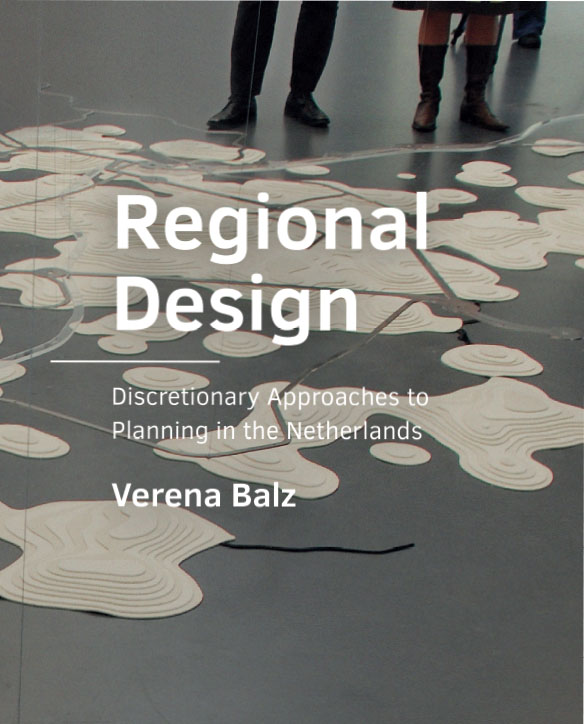The institutionalisation of a creative practice
Changing roles of regional design in Dutch national planning
DOI:
https://doi.org/10.7480/abe.2019.8.3903Keywords:
Regional design, spatial planning, regional governance, discretionAbstract
This chapter discusses the organisational setting of regional design in the realms of spatial planning and territorial governance. As a starting point, it argues that rules on how imagined design solutions function in an abstract, simplified ‘planning world’ are an important regional design product. When focusing on these rules, regional design practice resembles discretionary action. As such, it aims to improve planning decisions by judging the implications of planning frameworks when applied to particular situations. This implies that the involvement of actors in design practice requires careful consideration. As in any form of legitimate rule-building, a critical distance between those who initiate practices and conduct design, and those who judge the quality and relevance of design outcomes is essential. On the basis of these considerations the chapter investigates regional design practices that occurred between the 1980s and 2010s in the context of Dutch national planning. It shows how they transformed from being a form of professional advocacy, criticising planning, into a practice that was pragmatically used to implement a national planning agenda. The chapter concludes by discussing this institutionalisation of a creative practice in the Netherlands, reflecting upon the implications of these outcomes for territorial governance in particular.

